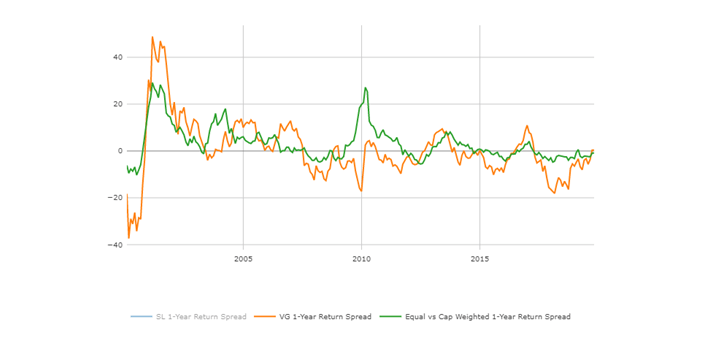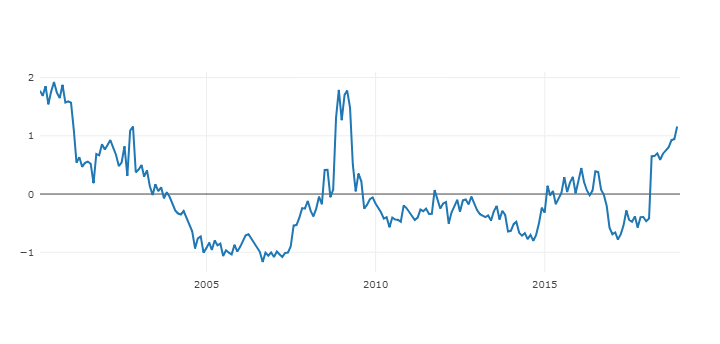US Economics
The US economy is pausing a bit due to fresh lockdowns. Although GDP is not plunging like it did last spring, the number of lockdowns have gone up in tandem with infections. Retail sales are down, with the drop especially severe if we exclude auto sales from the mix. Employment is also down, and weekly jobless filings are up. Obviously, it will take some time to recharge the economy again. For now, we expect little growth this quarter with the consensus for US GDP to be around 6% in 2021. We believe achieving such healthy growth over the course of the year is possible due to vaccinations, re-opening of the economy and historic stimulus discussed below.
Once vaccinations go mainstream, we should expect high-contact consumer services industries to recover swiftly. We are confident that consumption will rise quickly once virus fears fade because households have plenty of capacity to spend more, both by turning to the large savings they have accumulated since March and by saving less of their income going forward. As much as $1 trillion in savings and checking accounts that built up over the last year will stimulate unprecedented demand.
Moreover, the latest $900bn COVID-19 relief package will provide a large fiscal boost to disposable personal income in Q1. Further support for the unemployed and small businesses and another round of stimulus (the new administration is asking for a $1.9 trillion package) checks should offset some of the impact of the layoffs and temporary business closures caused by the current wave. The unemployment rate is expected to fall from 6.7% to 5.5% by the end of 2021 – one of the fastest recoveries after such a recession according to Goldman Sachs. Productivity improvements achieved during the pandemic are also expected to persist well into the future, which bodes well for the economy and profitability of US companies.
Global Economics
Consensus forecast for substantial global growth this year incorporates a weak start followed by a sharp acceleration into next quarter. Such an outlook is balanced between optimism and disappointments. JP Morgan’s expectations that the COVID-19 second wave would be held in check did not materialize and we are witnessing elevated case counts and a broadening of the outbreak to China and Latin America. Europe remains at the epicenter.
While businesses keep acquiring technology and a recovery in industrial activity remains in place, the pullback in mobility is weighing on consumers who appear to have slowed by more than expected at year-end by JP Morgan. On the heels of November’s 1.3% drop in global retail sales volumes, December readings for the US, China, and the UK disappointed. At the same time, there are signs that China is pulling back on credit and fiscal supports earlier than expected in response to its impressive 4Q20 GDP performance.
These developments point to a more pedestrian pace of the recovery. On the back of deepening contractions in Western Europe and the emerging economies outside Asia, JP Morgan’s current-quarter global GDP growth forecast has dipped to 1.2% for the year. Despite these near-term disappointments, JP Morgan maintain that added US fiscal stimulus and fading second wave drags will jumpstart a global acceleration by the beginning of next quarter.
Stock Market and Factor Investing
There’s been notable market rotation in early 2021 with the re-opening and small cap trades dominating large cap indexes and technology stocks. This rotation to value and small caps (see Large vs. Small graph below) ought to continue as we get more accelerated growth in the second half of the year. One theme Professor Siegel of Wharton Business School has emphasized continually over the last 9 months is the growth in the money supply as indicative of the economic support in the system. Professor Siegel found data all the way back to 1870 to track how strong monetary aggregates grew. He found the M2 growth we saw in 2020 was larger than any year back to 1870—reinforcing the surge in the economy that Professor Siegel believes will occur as we re-open. This rotation is not going to be even though since the fears and uncertainties around mass vaccination persist.
Large vs. Small and Growth vs. Value 2020 YTD (as of 01/25/2021) (Source – Signet FM):
As for Sectors, we are staying very much more cyclical across our several actively managed equity strategies. However, Communications and Healthcare and parts of IT and Industrials provide some Safety features going forward. With regards to Consumers, we still prefer Discretionary group over Staples, as we expect the economy to expand this year despite recent hiccups.
As we go to print, Valuation spreads are still high versus historic norms (See VS chart below), so we see Value continuing to outperform well into 2021. The broader market is clawing back at market cap based indexes (see Equal vs. Market Weighted graph below). All these statistics, we share with you monthly, indicate that we are far from this rotation being over and very recent Small Cap and Value trends have a long way to go before we reach relatively normal levels.
Valuation Spreads (Source – Signet FM): through December 2020
Equal vs. Market Weighted 1 Yr. Return Spread (Source – Signet FM): through December 2020
Factor Performance (Top 2 quintiles of Large Cap Universe vs. SP 500) (Source – Signet FM):
The information and opinions included in this document are for background purposes only, are not intended to be full or complete, and should not be viewed as an indication of future results. The information sources used in this letter are: WSJ.com, Jeremy Siegel, PhD (Jeremysiegel.com), Goldman Sachs, JP Morgan, Empirical Research Partners, Value Line, Ned Davis Research, First Trust, Citi research and Nuveen.



























































































